NEWTON TRIDENT
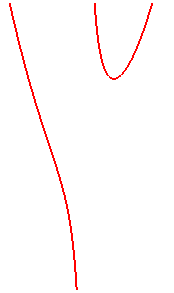
| next curve | previous curve | 2D curves | 3D curves | surfaces | fractals | polyhedra |
NEWTON TRIDENT

| Curve studied by Newton in 1701.
Other name: Cartesian parabola. Isaac Newton (1642-1727): English physicist, mathematician, and astronomer. |
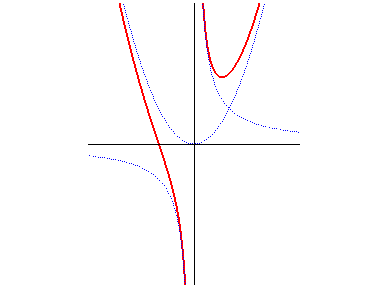 |
Cartesian equation: Rational cubic with a double point (at infinity in the direction of Oy), the parabola Reduced Cartesian equation: |
| The Newton tridents are defined by the above Cartesian
equation; they can be seen as the medians
along Oy of the parabolas |
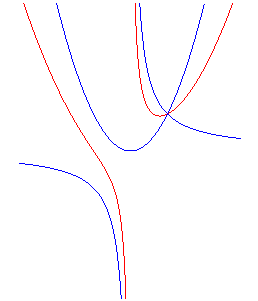
The trident as the median of a parabola and a hyperbola. |
| They also appear as contour lines of the cubic surface |
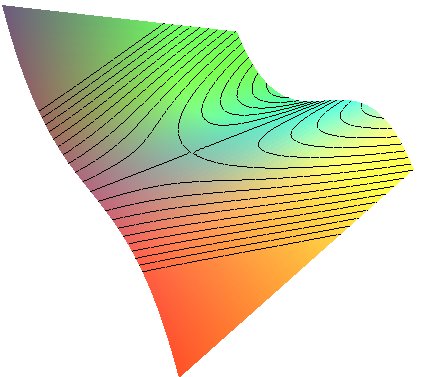 |
They can also be obtained by hyperbolism
from the cubical parabolas.
| Their images by the homographic transformation In the opposite figure, we used |
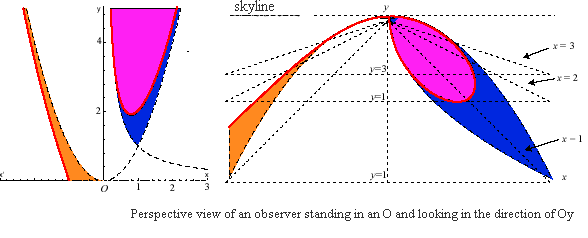
The Cartesian folium is a perspective of the Newton trident. |
| next curve | previous curve | 2D curves | 3D curves | surfaces | fractals | polyhedra |
© Robert FERRÉOL 2017